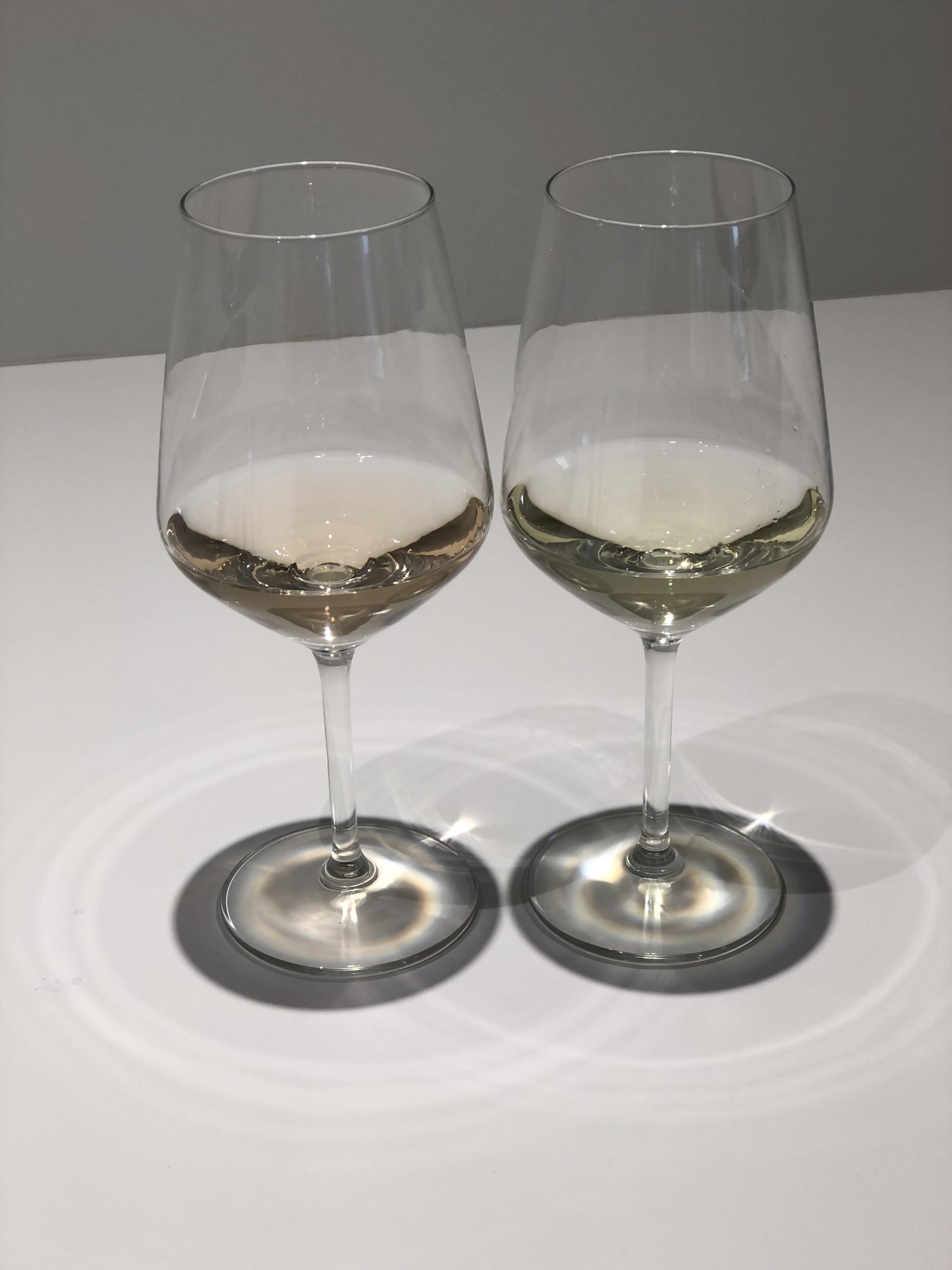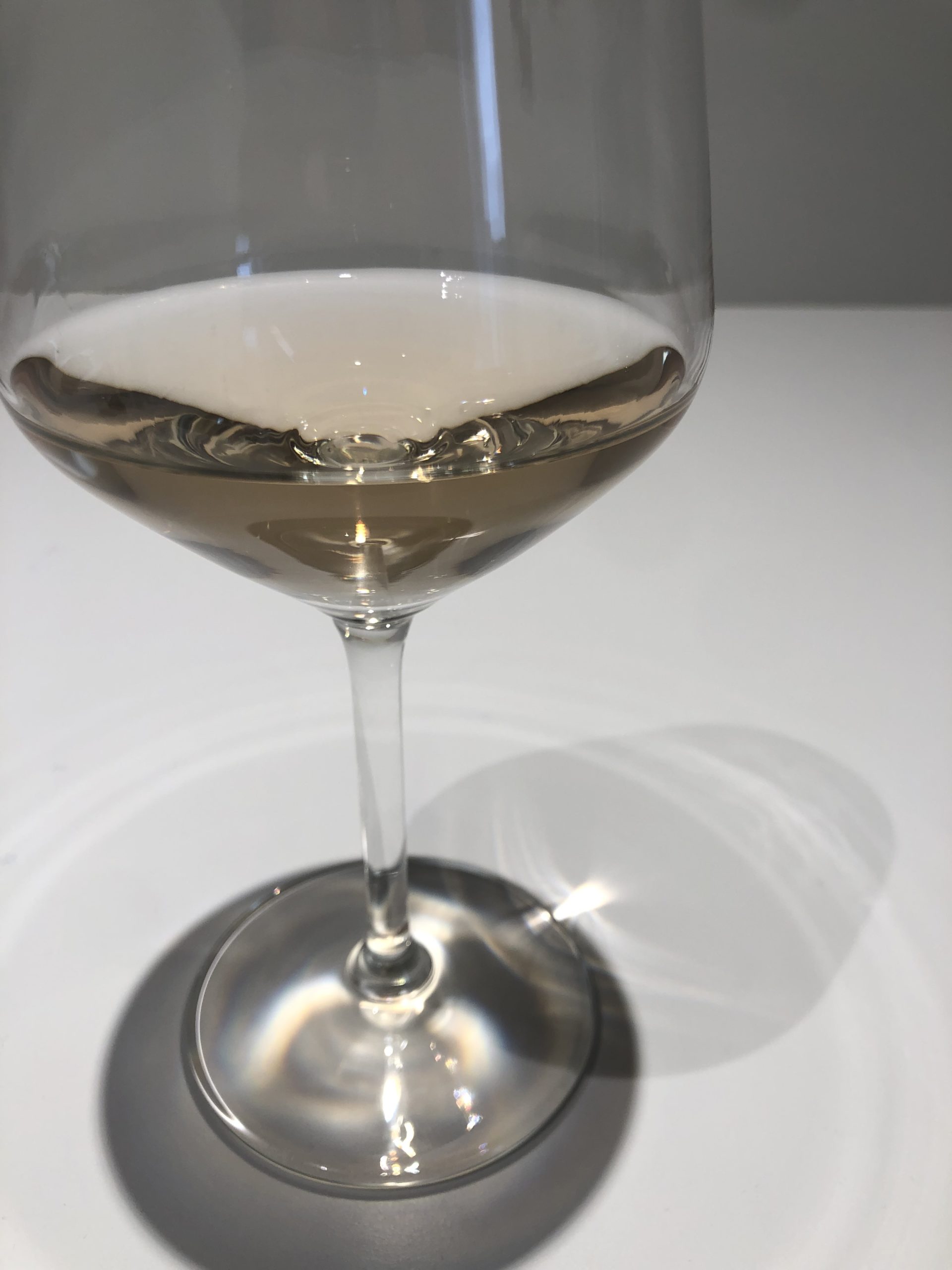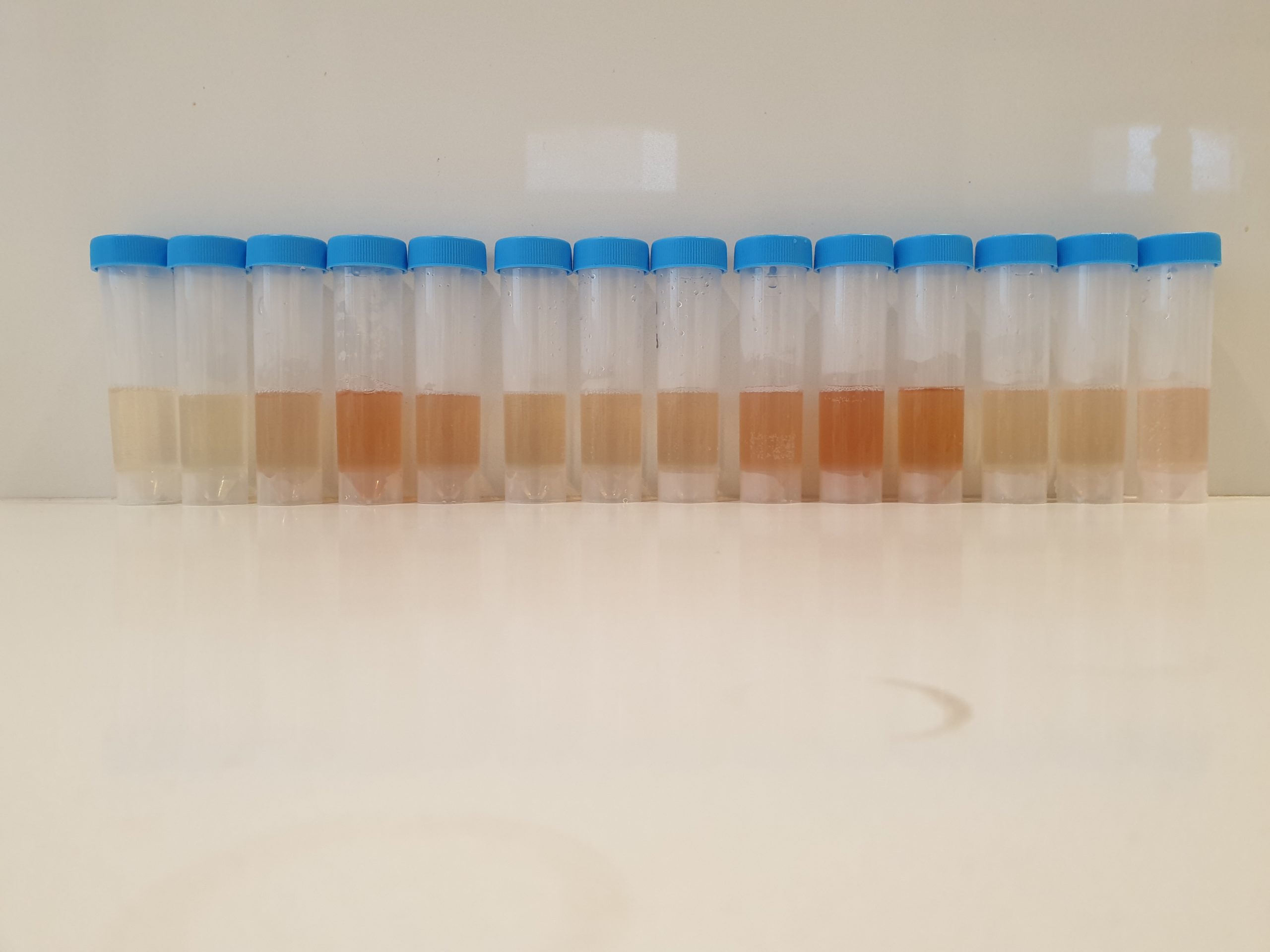Focus
New insights on Pinking: origin of the phenomenon and analytical methods.
Our study published on the international scientific journal 'Food Chemistry'.

Abstract
What are the origins of pinking? Among the various hypotheses formulated over the years, the most accredited would seem to be the one involving anthocyanins extracted in small quantities from white grapes during crushing, which, under particular vinification conditions, would lead to the appearance of a pinkish colour in white wines.
We have already discussed this argument in the previous Technical Focus “New methods to study and prevent the phenomenon of pinking in white wines.”
Although the presence of anthocyanins in the skins of grapes of varieties such as Chardonnay, Sauvignon Blanc and Riesling has been experimentally demonstrated in the past, the only information concerning the presence of significant concentrations of anthocyanins in white wines are those obtained from research carried out on Portuguese wines of the Síria variety.
For this reason, the Giottoconsulting R&D department and CQ-VR – Chemistry Research Center of the University of Trás-os-Montes and Alto Duoro (Portugal) decided to continue the research activity started in 2019.
This time the aim was to investigate the presence of anthocyanins in white wines of different varieties and geographical origins, trying to understand if there was a correlation between the anthocyanin concentrations found and the results of the analytical methods currently used to assess the susceptibility of wines to pinking.
The results of the research project are presented in the paper “Is pinking susceptibility index a good predictor of white wines pinking phenomena?” published in the scientific journal Food Chemistry.
Write your email below to read the entire scientific article.

